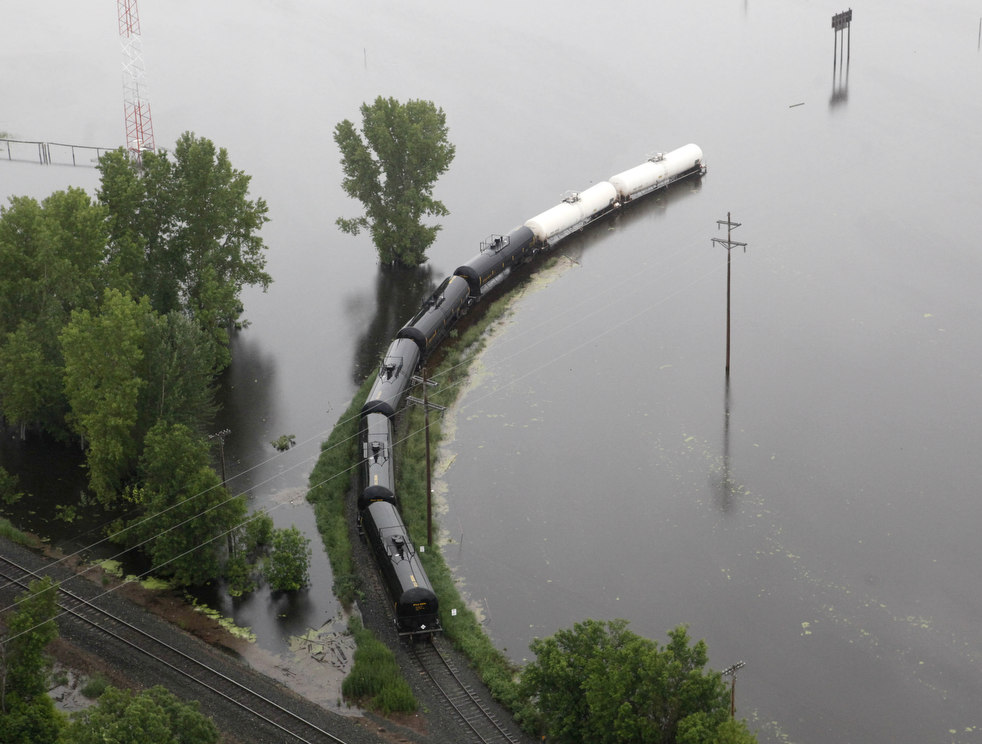A few years ago, a long-time colleague of mine and I were talking about the struggle to implement real changes at the high school level. We had both worked at the same secondary site at one point in our careers, and had both been involved since that time with affecting change at the school site level, district and county levels, and finally on statewide projects and programs.
I had called on her often over the last 10 years to come and assist me and my team with standards development, implementation, training, curriculum design, and assessment. The work was often on the road, away from our respective homes, so it afforded us time in the evening to unwind and talk. We covered the usual list of topics: kids, friends, pets, politics, …but inevitably always came back to the work. Affecting change within the public education system is a particularly abusive endeavor. And in trying to articulate or express the challenges we faced, our metaphors ran the full cliche’ gamut of “shuffling chairs on the deck of the Titanic” to “fixing the bus while it moves down the road”.
However, my favorite of all was the notion of a train. And not just the train, but also its tracks and stations and personnel and the role it played in transporting goods and people and supporting growth and commerce and exploration. The impetus for this descriptor of our education system came from a very singular message I had heard at a time when most fashioned their statements around the mantra of our “Broken School System”. This lone presenter however, stated very plainly,
“Our school system is not broken and it is not failing. In fact, it is highly effective and remains very successful at producing the results it was originally designed to achieve. We however, have fully moved our expectations to target an entire new set of results. Results that the original system was never designed to achieve. Expecting anything different would just be silly.”
And in talking to my colleague about that statement, we reflected on the fact that despite the willingness and effort of any one school or team or community to shoulder the tasks incumbent upon them to reform their educational processes, there always seemed to be an unavoidable amount of obstruction and challenge inherently present.
And we surmised at that time…that this whole system was like the train and the old rail systems. Like our education system, it had been created during the 19th century and as such was designed for a specific set of expectations, points of delivery, and the means to accomodate a precise number and type of travelers and goods. Rail service across our country was the solution, and was accomplished. However, as our world evolved and parameters changed, we found ourselves on the shoreline of both the East and West coast, looking across the oceans, and peering up at the skies, essentially needing to go further and faster to more discreet places for more diverse reasons. But that is where our story in education diverges from that of transportation. In the transportation industry they devised new means to deliver new results in the way of ships for the seas, planes for the skies, and automobiles for everywhere in between. They did not attempt to fashion the train to float or fly or jump its rails. It lacks the power, the displacement, and the design and that would just be silly.
But in education, we keep tinkering with that train. Devising bigger pontoons, and larger wings, all the while, cursing its inability to float on educators, its limited loft on students, and its marginal maneuverability on families. And to this day we assess for results it is not designed to deliver, and receive ample evidence of that fact annually. We then take this “system performance data” and promptly label it “student performance data” and now consider assessing teacher’s performance with it as well.
It would be good to take a look at the transportation innovators from the last century, and face the fact that the needs of schools have changed, but the structure and systems of schools themselves have not. We must start with an honest assessment of the outcomes we now desire of education and from that analysis, consider the right vehicle(s) for the job. I am certain a model of the current education system would not surface as part of the results of this design process. Sure, trace elements of today’s education system would persist for sure, but in its whole, the vehicle would change. But it would change to a much larger degree than that expressed when comparing a train to a ship to a plane. Indeed, we should anticipate that the needs of our students to respond to the needs of our world presents a much larger challenge than those of last century’s engineers considering a transition from terrestrial rails to aeronautical flight. A more apt narrative would involve asking engineers a hundred years ago to move from the rail lines to interplanetary travel. And suffice it to say, getting the Curiosity Rover to where it is today was thankfully not a labor of public education, because trying to extend tracks from Earth to Mars would just be silly.
